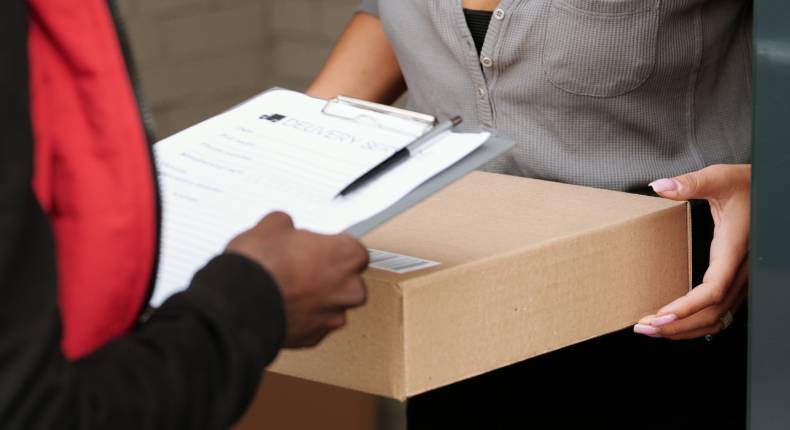
Therefore, in this article, we delve deeply into what last-mile logistics exactly is, why it is a critical link in the supply chain, and how its efficient functioning can make the difference between success and stagnation in today’s competitive market.
Índice de contenidos
ToggleWhat is Last-Mile logistics
Last-mile logistics is the final stretch in the supply chain, where products ultimately reach the hands of the consumer.
This process involves the distribution and delivery of goods from the distribution center or warehouse to the final destination, whether it be a household or a business. It is the point where the promise of delivery materializes, and its effectiveness defines the customer experience in its entirety.
Why Last-Mile Logistics is important
The importance of last-mile logistics lies in its direct impact on customer satisfaction.
In a market driven by immediacy and convenience, the ability to deliver products quickly and accurately has become a key differentiator for companies.
Efficient last-mile logistics not only strengthens customer loyalty but can also influence future purchasing decisions and brand reputation.
How Last-Mile logistics works
The functioning of last-mile logistics involves meticulous coordination of resources, technology, and personnel. From planning optimized routes to real-time inventory management, each step is executed with the ultimate goal of delivering products promptly and seamlessly.
Order Reception
It begins with order reception and the preparation of products in the warehouse or distribution center. Here, inventory management plays a crucial role, ensuring that products are available and ready to be dispatched at the right time.
Route Planning
Once the products are prepared, the route planning process begins. Utilizing advanced algorithms and real-time data, the most efficient routes for delivery are determined, taking into account factors such as distance, traffic, and customer preferences.
Route optimization not only reduces operating costs but also shortens delivery times, thereby improving the customer experience.
Loading of Delivery Vehicles
With the planned routes, the products are loaded onto delivery vehicles, which can vary from vans to even drones in some more innovative cases.
The use of real-time tracking technologies allows operators to monitor vehicle progress and make adjustments on the fly to ensure seamless delivery.
Coordination and Communication
As vehicles approach their final destination, coordination between drivers and recipients becomes crucial.
Fluid communication and accurate information about the estimated time of arrival allow recipients to be prepared to receive their products, minimizing wait times and failed delivery attempts.
Delivery Confirmation
Once the products reach their destination, delivery is not complete until confirmation is obtained from the customer. Electronic signatures, verification codes, and satisfaction surveys are some of the tools used to gather feedback and ensure that delivery has been satisfactory.
Challenges of Last-Mile strategy
However, not everything is smooth sailing in the world of last-mile logistics. Urban congestion, unforeseen changes in demand, and logistical challenges inherent in delivering to remote areas are just some of the obstacles companies must overcome to maintain operational excellence. Constantly seeking innovative solutions and agile adaptation to market changes are essential to effectively address these challenges.
In conclusion, last-mile logistics is not simply another link in the supply chain but the very core of the customer experience and business competitiveness. Its proper execution not only ensures timely product delivery but also drives customer satisfaction and strengthens a company’s position in the market. In a world where speed and precision are imperative, investing in efficient last-mile logistics is a strategic decision that can make the difference between success and mediocrity in today’s business landscape.




